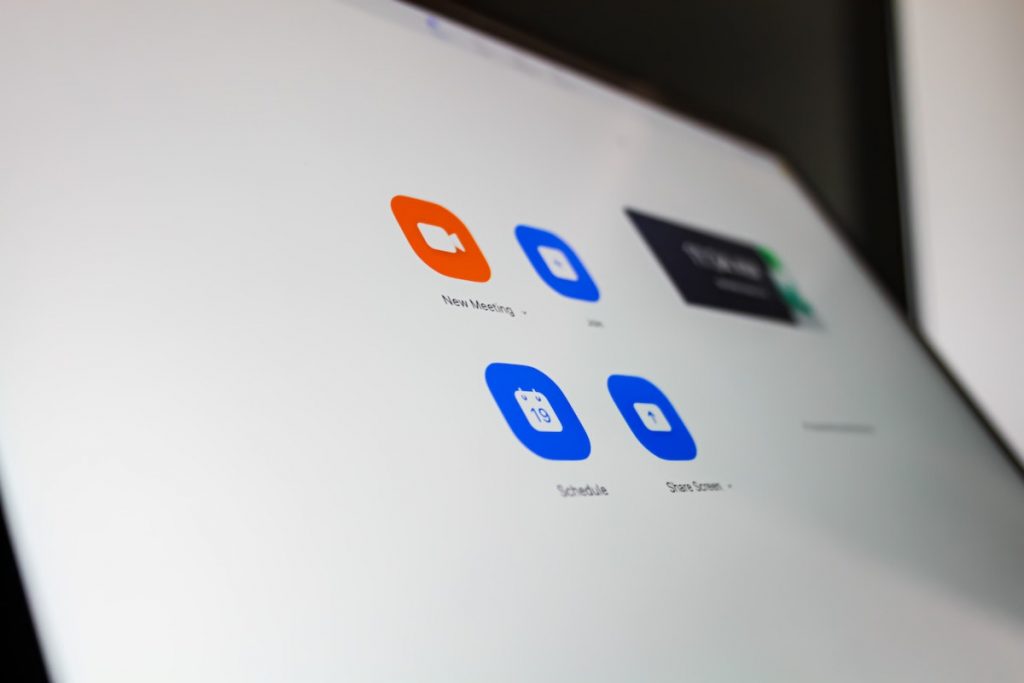As a client, have you ever struggled to get the results that you want when working with freelance creatives on a project? Learning how to communicate feedback in a way that has an impact is an especially useful skill right now. While everyone quarantines and works remotely during the COVID-19 pandemic — at least for now — interactions are less formal and less frequent. But for all of the challenges of remote management, giving meaningful feedback is a transferable skill.
Set Yourself Up for Success
The first step to getting the results you want happens before you even engage with the freelancer. Consider whether someone you’ve worked with before is a good fit for a particular project. Melissa Koehler, the owner of Kohesive Marketing, a Boston-based boutique marketing and communications firm, emphasizes that we “all have different styles, and are suitable to different kinds of work.” The photographer who takes fantastic action shots might not do portraits well. Most experienced freelancers know what their skills are and where they may not be a good fit; less experienced creatives may not know this yet.
A well-articulated brief or project assignment is critical. Koehler relates to the John Dewey quote, “A problem well put is half solved.” Share background information or context as well as a clear description of any strategy, marketing, or business goals. “Provide a deeper understanding of who the audience is. Explain what the motivators are or the drivers that you’re trying to appeal to with the work,” she continues. The client needs to invest the appropriate amount of time at the start to achieve the results they seek. That said, she quips, it’s called a brief for a reason.
Sometimes the project may shift midstream or be more iterative. Remember to clearly communicate any new goals or shifts in approach to the freelancer.
Understand Your Role
In the essential management book, Radical Candor: Be a Kickass Boss without Losing your Humanity, Kim Malone Scott shares lessons learned from leading teams at places like Apple and Google. She points out that in the tech industry, talent can easily find a new gig if they don’t like the organizational culture. These large companies invest significant resources in understanding what makes great management tick.
Scott stresses that the role of a leader is to guide people to achieve results. It’s not a directive approach and should be resilient enough to support different approaches and opinions. Creating a culture or relationship of effective feedback means being flexible and able to tolerate criticism and open debate. Understood another way, think of how your role is to support the freelancer to succeed.
Sometimes, Koehler observes, “clients focus on what they think the solution should be.” You are hiring a creative with expertise in copywriting or art direction for a particular purpose. This also means listening deeply to why they make the choices they make.
Give the Right Feedback
“Be as specific and thorough with praise as with criticism,” Scott explains. “Go deep into the details.” The tendency to rush and spurt out a compliment like “good work” or a critique such as “I don’t like this,” is meaningless, she argues. Neither explains why something works or doesn’t work. This is a time to over-communicate and make sure that you are understood.
Koehler stresses that it’s important to “give feedback on the outcome, not a prescriptive solution to a problem.” Explain how and why a work product is not reaching a specific objective. Persuasion is not merely rational, but emotional. Consider what doesn’t feel right about the outcome and why.
Feedback must be given with care and compassion to be effective. Deferring to “it’s just business” avoids taking the time to understand the problem that is being addressed and why you are responding in a particular way. For the person on the receiving end, curt feedback can feel personal, and for good reason. The reality, Scott points out, is that: “Most of us pour more time and energy into our work than anything else in our lives. Work is a part of who we are, and so it is personal.” Recognize that, and give feedback accordingly.
Be mindful that it might be “hard coming into an established team,” Koehler continues. There are many dynamics at play for creatives. There’s the client/freelancer relationship and the insider/outsider role. Have an awareness of the communication shortcuts that you have with the team you see every day, and explain things thoroughly to a new person.
While working remotely, it’s necessary to provide feedback in different formats. Be aware of what works best for the creative you are working with. An email or Slack may suffice, but if you’re providing detailed feedback, it’s probably best to do so over the phone or by video conference and then recap in an email summary.
Like any relationship, if you’re not getting the results that you want, you have a role in that. Clients — and creatives — need to take responsibility for their part in creating a successful partnership on a project. Through effective communication, they’ll reach the desired outcome.
About the author.
Jess Powers writes about marketing, food, and wellness. She has experience in nonprofit communications and emergency management. Follow her @foodandfury.




